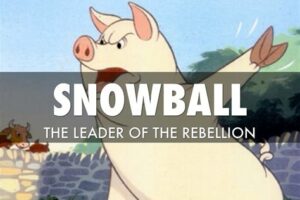
Napoleon and Snowball are two pigs in George Orwell’s Animal Farm who represent different political ideologies and leadership styles. Read more »
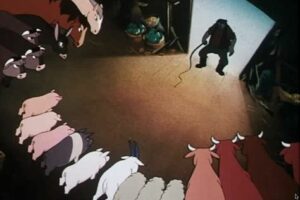
Explore the evolution of meetings in Animal Farm over the course of a year. Discover how power dynamics and communication strategies shift. Read more »

George Orwell’s Animal Farm explores the power dynamics within a group of animals who overthrow their human owner, highlighting the dangers of totalitarianism and corrupt leadership. Read more »
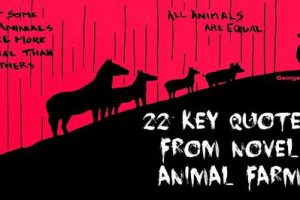
Discover how power is depicted in George Orwell’s Animal Farm through the character development, symbolism, and political commentary. Read more »
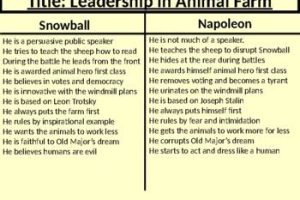
Discover how leadership is portrayed in Animal Farm, George Orwell’s classic allegory of a group of farm animals who overthrow their human owner. Read more »
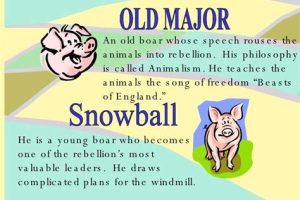
Language plays a crucial role in Animal Farm, reflecting the power struggle between characters and how it shapes the perception of reality. Read more »

The purpose of Animal Farm was to criticize the Soviet Union through an analogy of a group of farm animals overthrowing their human owner. Read more »

Animal Farm is a parable that uses animals to represent humans and their actions, showcasing the dangers of totalitarianism and corruption. Read more »

The power structure of Animal Farm changes as the pigs gain control and become corrupt, leading to oppression and inequality among the animals. Read more »
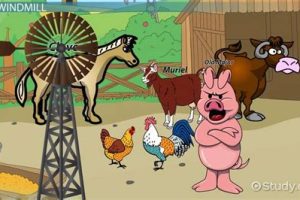
The windmill was a symbol of progress for Animal Farm, but Napoleon’s stance on it changed everything. Learn more about the impact in this analysis. Read more »
